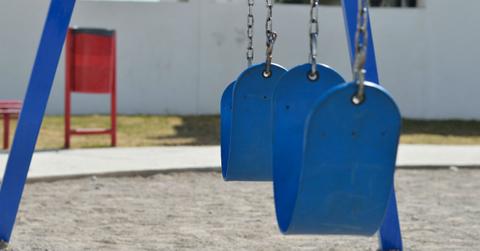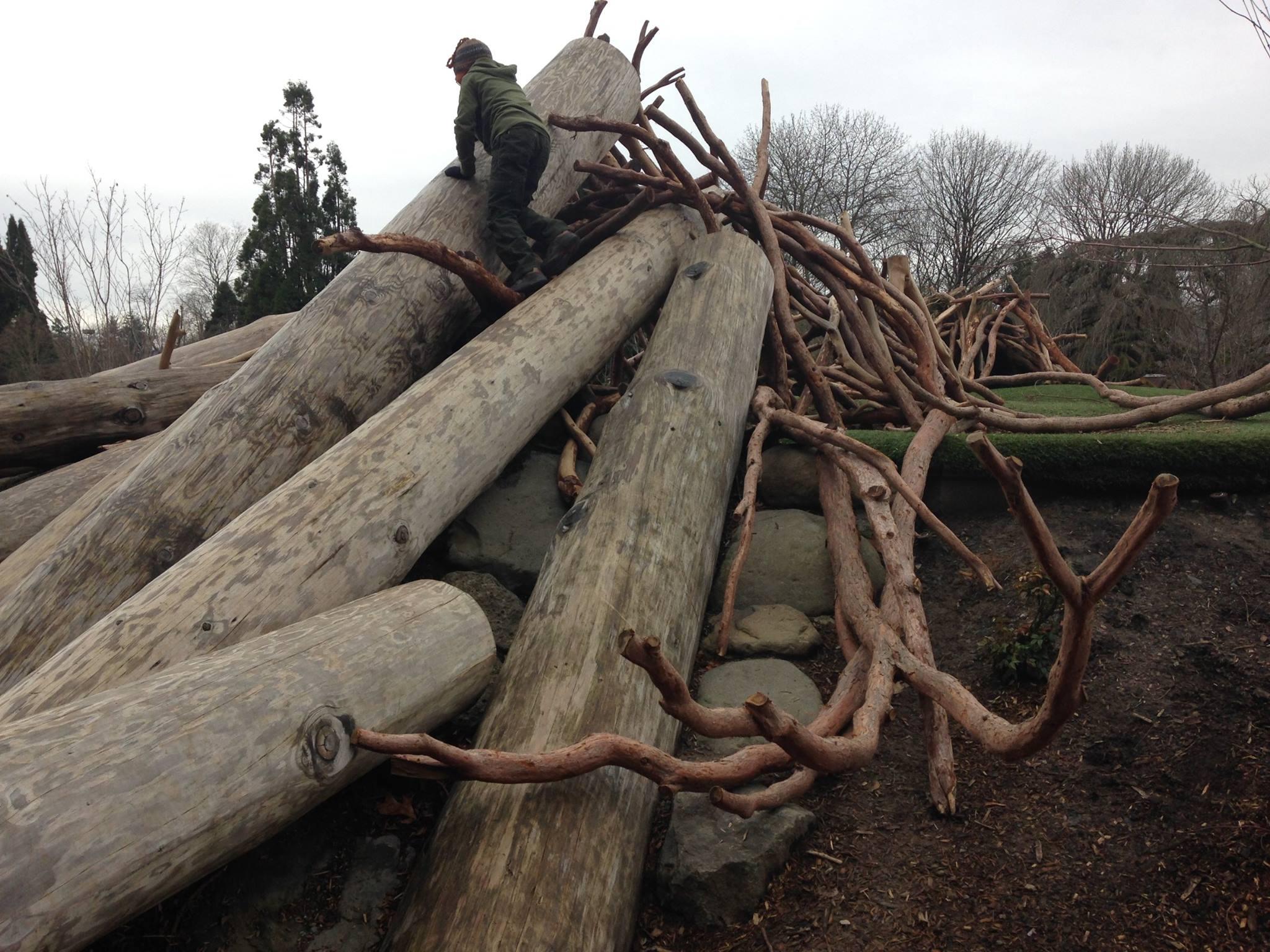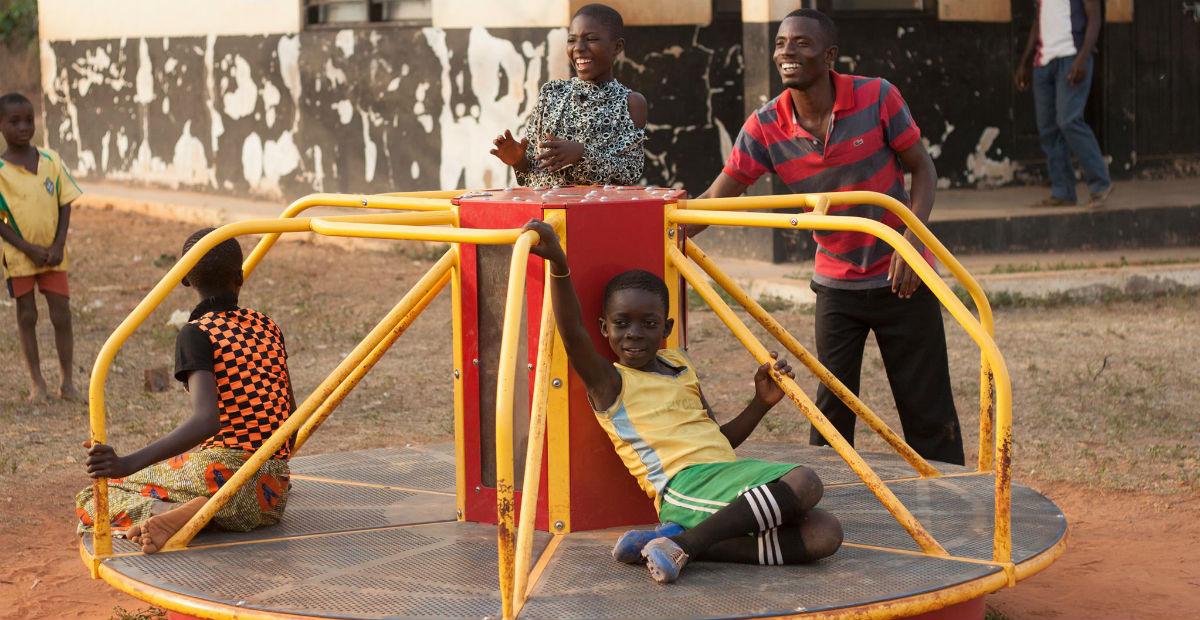How Cities Are Building Eco-Friendly Playgrounds
Energy-generating, water-diverting, and natural parks are providing a twist on the typical monkey bars.
Updated May 31 2019, 2:50 p.m. ET
Astoria Heights Playground doesn’t look any different from your standard jungle gym. It has swings and slides, plus plenty of benches where tired parents can catch their breath. Kids cover the ground in chalk doodles, just like they do everywhere else, and occasionally scrape their knees on the ramps.
But there’s something unique about this Queens playground and no, it’s not the newly installed water jets that douse delighted toddlers. Astoria Heights Playground just underwent a $1.1 million makeover that included a lot more than new equipment. It’s now capable of capturing stormwater, a feature that will help prevent sewer overflow and minimize flooding, making Astoria Heights Playground an especially eco-friendly play place.
Playgrounds that double as stormwater management systems are becoming somewhat trendy in New York City. Over the past six years, NYC officials have been working with the Trust for Public Land to create dozens of “green playgrounds” designed manage water runoff and reduce pollution. It's resulted in new or renovated parks in Queens as well as the city's other four boroughs.
The idea has caught on in other areas, too. Pierce’s Park in Baltimore, for instance, includes rain gardens that absorb and slow the flow of precipitation, all while nourishing rows of native plants.
You don’t have to conserve stormwater to be a “green” playground, though. In a more literal interpretation of the word, some educators and cities are increasingly advocating for nature or natural playgrounds that favor trees and rocks over monkey bars.
These parks rely on natural materials to inspire more creative and active play, challenging kids to conjure imaginative sets from little more than a stump. Nature playgrounds are fairly cheap to build and the construction often involves planting new trees and flowers, boosting the area’s biodiversity and air quality.
Playgrounds can also harvest children’s boundless energy into clean power. In Ghana, the nonprofit Empower Playgrounds has installed 55 special merry-go-rounds that do much more than spin kids in a circle. When people push the merry-go-round, it generates kinetic energy. That energy charges batteries that Ghana students can then use to power their lanterns, allowing them to finish their homework at night.
Of course, you might’ve seen this technology in a more unexpected place. The nonprofit Global Inheritance has helped Coachella improve its sustainability for the past 13 years, and the so-called Energy Playground is a bit part of that. Festival-goers can generate kinetic energy to charge their phones on seesaws, swings, bikes, or even an “energy wheel” that looks like something your hamster would use.
The colorful pieces are a popular fixture on social media, where people and polar bears alike can’t get enough of them.
Through natural materials, rain gardens, and powerful seesaws, playgrounds are becoming a little more sustainable each day — and teaching kids from early age what it means to be green.


